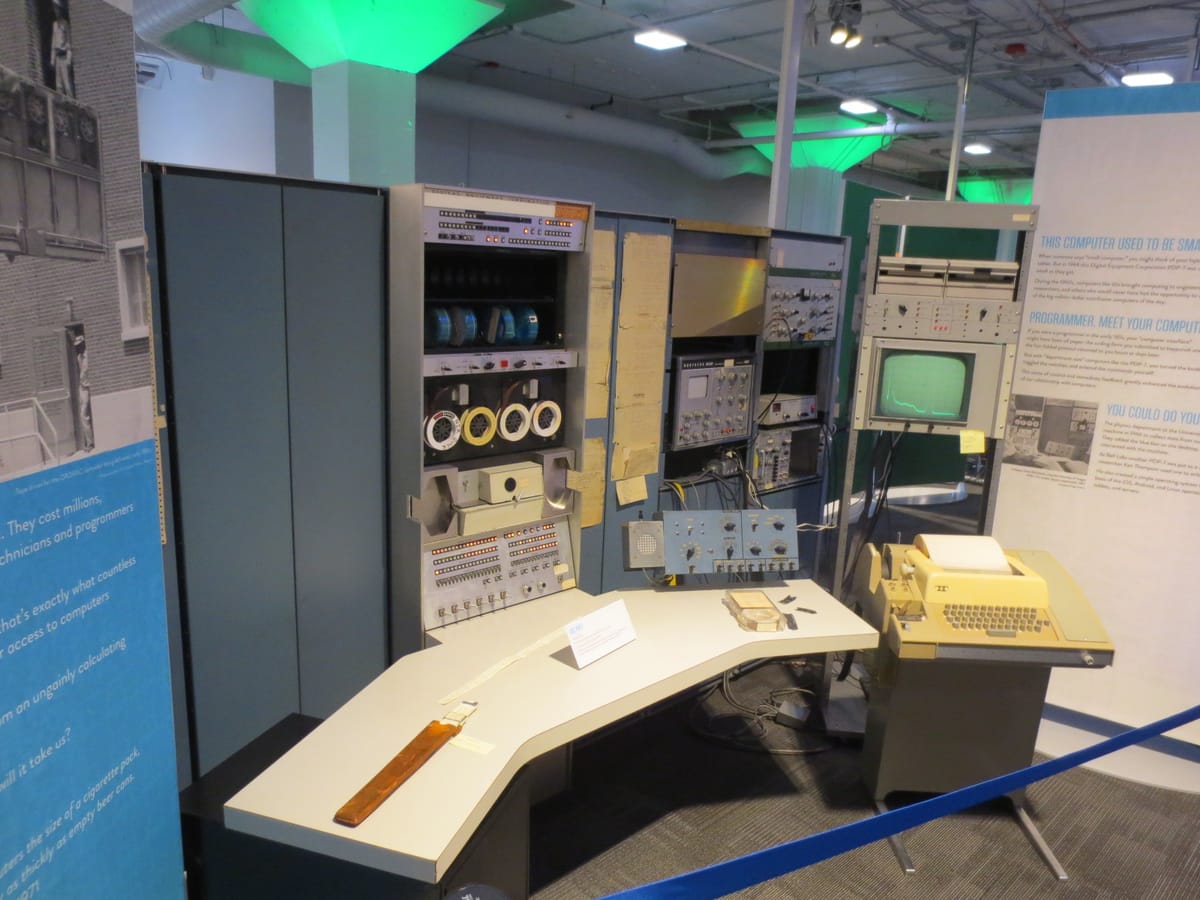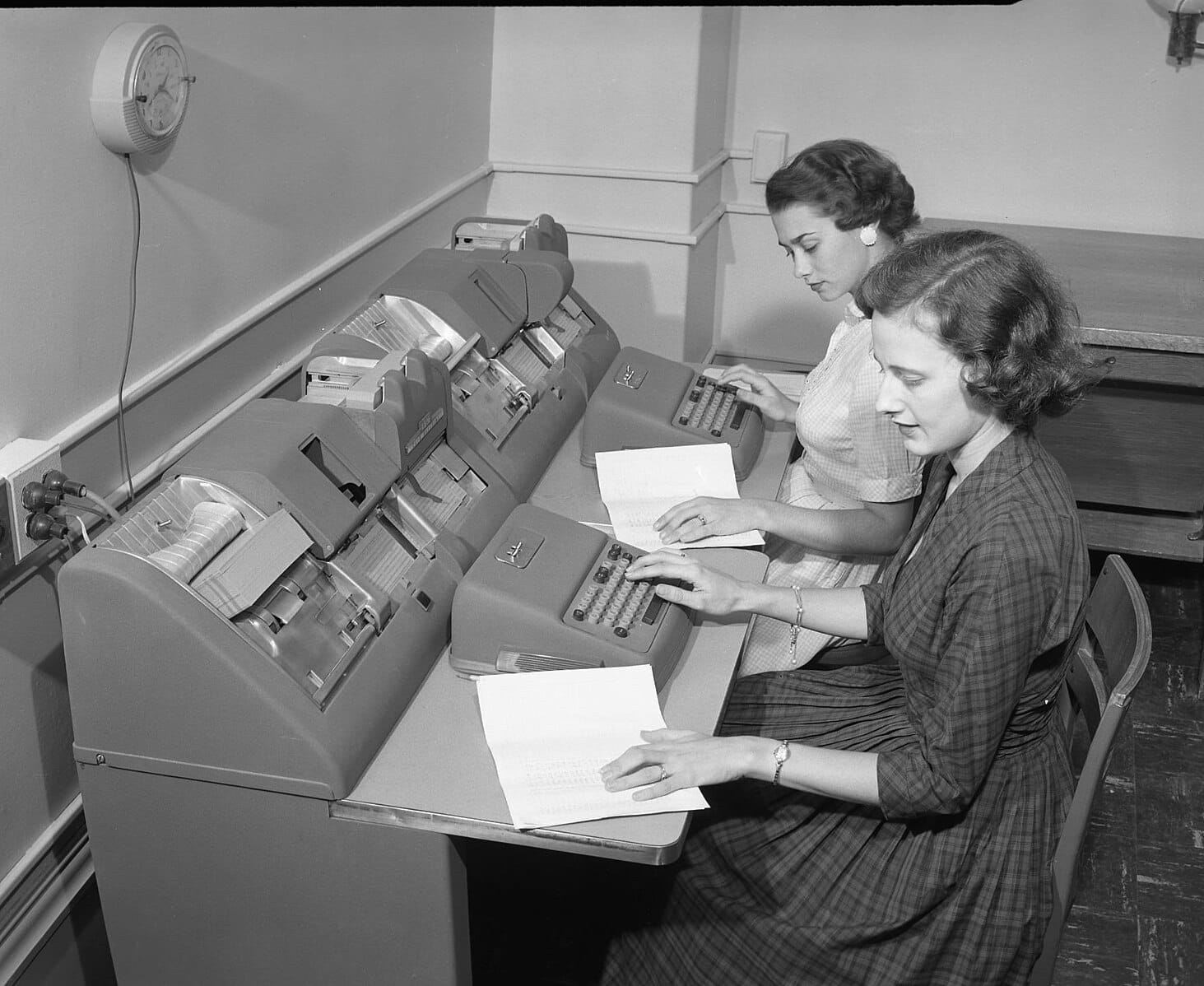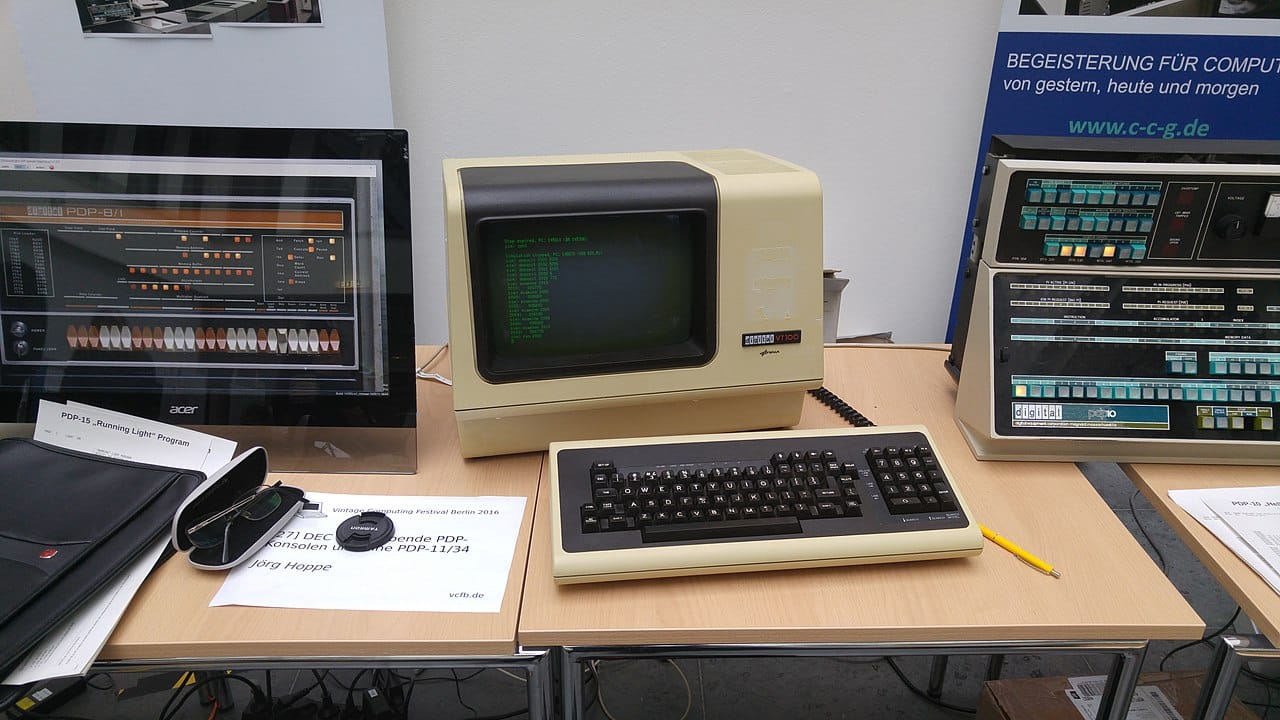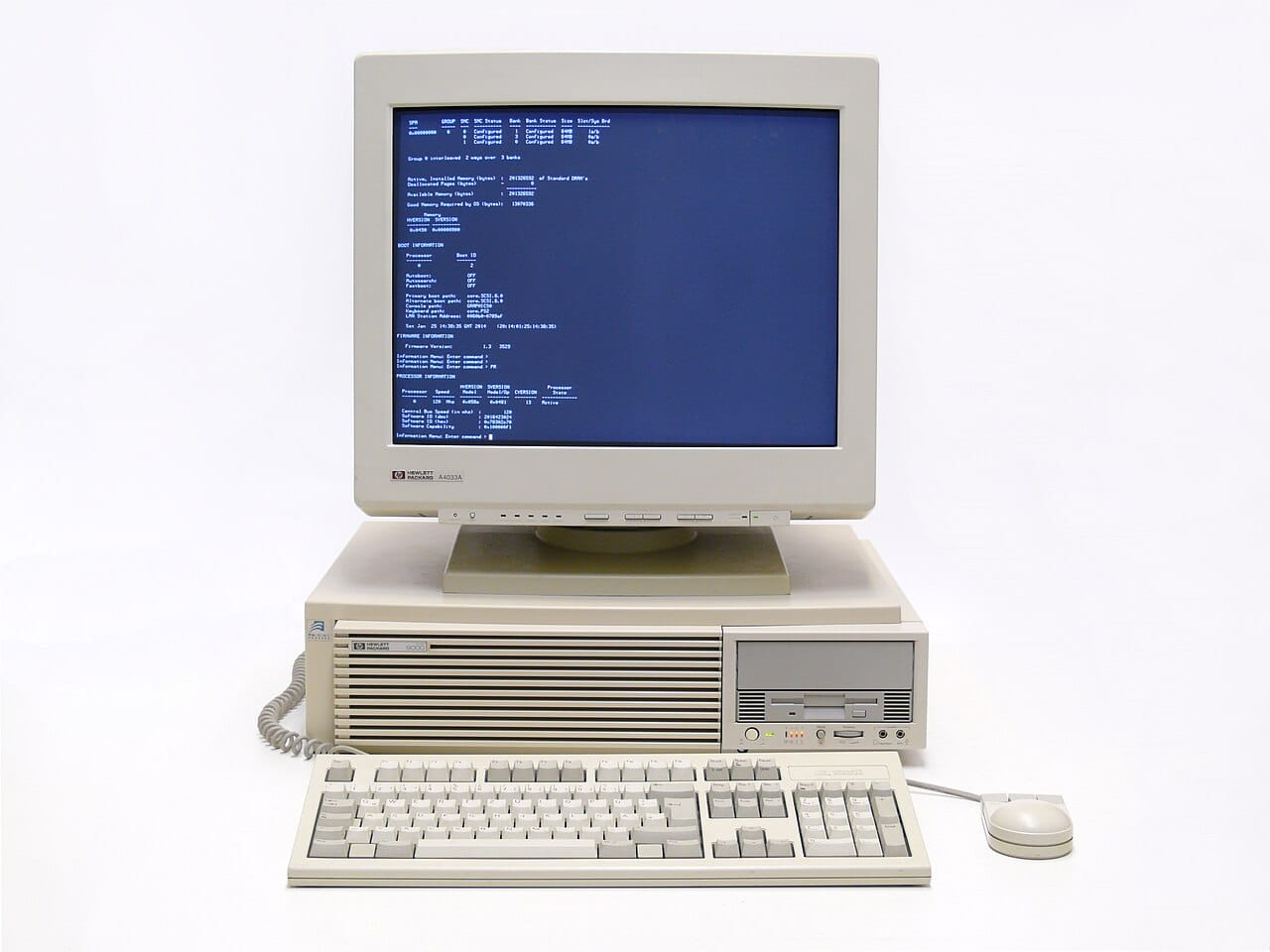The History of the Terminal: From Teletype to Command Line

The terminal we use today is a powerful tool, essential for developers and system administrators alike. But have you ever wondered how it all started? The history of the terminal is a fascinating journey from physical machines that printed on paper to the modern digital interfaces we interact with today. Let's take a step back in time and explore the evolution of this key tool in computing.
1. The Early Days: Teletypes and Punch Cards

Before computers had screens, there were teletypes—machines that looked like typewriters but communicated with early computers by printing characters on paper. These teletypes were originally used for telegraph communication but were adapted to send and receive data from computers in the 1960s.
At the same time, punch cards were another popular method of interacting with computers. Programmers would punch holes in cards to represent code, feed them into a machine, and wait for a printout of the results. While this was an effective system for the time, it was slow and cumbersome compared to today’s standards.
2. The First Video Terminals: A Revolutionary Step

The late 1960s and early 1970s marked a major shift in terminal technology. Instead of printing everything on paper, video display terminals (VDTs) emerged. These devices used screens to display text output, significantly speeding up interaction between users and computers. One of the most iconic of these early terminals was the DEC VT100, released in 1978 by Digital Equipment Corporation (DEC). It became the standard for many systems, and even today, many terminal emulators replicate the look and feel of the VT100.
3. The Rise of Time-Sharing Systems
In the 1970s, computing saw another breakthrough with time-sharing systems. Before this, computers operated in batch processing mode—one job at a time. Time-sharing allowed multiple users to interact with the same computer simultaneously, each through their own terminal. This system made computing more accessible and laid the foundation for the interactive computing we know today.
4. The UNIX Revolution

The UNIX operating system, developed in the late 1960s and early 1970s at Bell Labs, played a pivotal role in the evolution of the terminal. With UNIX came the birth of the shell, a command-line interface (CLI) that allowed users to interact with the operating system using text commands. The Bourne shell (sh), developed in 1977, was one of the first major shells and influenced many others that followed, such as Bash (Bourne Again Shell).
The concept of a "shell" is crucial because it marked the beginning of the terminal as we know it today—a text-based interface where users input commands and receive output directly.
5. The GUI Era and the Terminal’s Survival

In the 1980s and 1990s, graphical user interfaces (GUIs) became the dominant method of interacting with computers, thanks to systems like the Apple Macintosh and Microsoft Windows. These systems made computing more accessible to the masses by replacing the intimidating text-based command line with icons, windows, and menus.
However, the terminal never disappeared. While the general public shifted toward GUIs, developers, system administrators, and engineers continued to rely on the terminal for its speed, power, and flexibility. The terminal offered (and still offers) capabilities that GUIs couldn’t match, especially in terms of automation, scripting, and handling large volumes of data.
6. The Modern Terminal: A Tool for Developers

Fast forward to today, and the terminal has solidified its place as an essential tool for modern developers. With the rise of open-source software, Linux-based systems, and cloud computing, the terminal has seen a resurgence in popularity. Tools like Bash, Zsh, and fish shells provide advanced functionality, customization, and even auto-completion features that make working in the terminal more efficient.
Additionally, terminal emulators have evolved to offer more features, such as split panes, tabs, and color-coded outputs, making the modern terminal both functional and visually appealing.
7. The Terminal in the Cloud Era
In today’s cloud-driven world, the terminal is more relevant than ever. From managing servers via SSH to deploying code with tools like Docker and Kubernetes, much of the modern developer’s workflow happens through a terminal interface. Even within cloud platforms like AWS or GCP, many tasks can be automated or performed via terminal commands, making it an indispensable skill for engineers and developers.
Why the Terminal Still Matters Today
Despite the dominance of GUIs, the terminal continues to be the tool of choice for power users. It offers precision, control, and the ability to automate complex tasks that would be difficult or impossible in a GUI. For anyone looking to work in software development, system administration, or DevOps, mastering the terminal is a must.
If you’re ready to dive deeper into the world of the terminal, learncmd is the perfect place to start. Our interactive course covers everything from the basics of command-line navigation to advanced scripting techniques, helping you unlock the full potential of the terminal.

